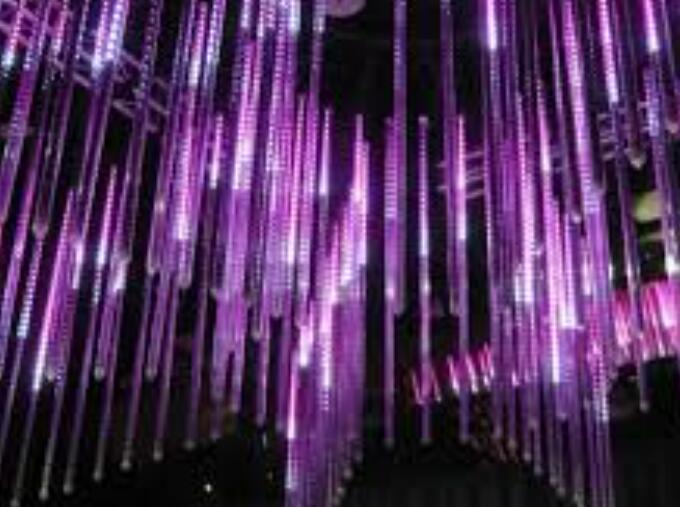Choosing the right LED tubes involves several factors to ensure you get the best performance, energy efficiency, and lifespan. Here's a guide to help you make an informed decision:

1. Determine the Purpose and Location
-
Residential or Commercial: Decide if the LED tubes are for home use, offices, warehouses, or industrial settings.
-
Indoor or Outdoor: Ensure the tubes are rated for outdoor use if needed.
2. Tube Type and Size
-
T8 vs. T12 vs. T5: T8 tubes are the most common and offer a good balance of efficiency and brightness. T12 tubes are larger and less efficient, while T5 tubes are smaller and more efficient but typically used in specialty applications.
-
Length: Standard lengths are 2 feet, 4 feet, and 8 feet. Ensure the tubes fit your existing fixtures.
3. Brightness and Wattage
-
Lumens: Check the lumen output to ensure it meets your brightness requirements. Higher lumens mean brighter light.
-
Wattage: LED tubes consume less power. Compare the wattage to traditional fluorescent tubes to understand energy savings.
4. Color Temperature
-
Warm White (2700K-3000K): Ideal for cozy, residential environments.
-
Cool White (3500K-4100K): Suitable for workspaces and offices.
-
Daylight (5000K-6500K): Best for areas requiring bright, natural light, like garages or workshops.
5. Compatibility and Ballast Type
-
Direct Wire (Ballast Bypass): These tubes bypass the ballast and are wired directly to the mains. They offer more efficiency and longevity but require professional installation.
-
Plug and Play (Ballast Compatible): These tubes are compatible with existing fluorescent ballasts, making installation easy but might not be as efficient as direct wire.
-
Hybrid: These can operate with or without a ballast, providing flexibility.
6. Energy Efficiency and Lifespan
-
Energy Star Rating: Look for tubes with an Energy Star rating for assured efficiency and performance.
-
Lifespan: Check the rated lifespan (usually in hours) to ensure longevity. Typical LED tubes last between 30,000 to 50,000 hours.
7. Quality and Certification
-
CRI (Color Rendering Index): A higher CRI (80 or above) means better color accuracy and quality of light.
-
Certifications: Ensure the LED tubes have necessary certifications like UL, DLC, CE, or RoHS for safety and quality.
8. Cost and Warranty
-
Initial Cost vs. Long-term Savings: LED tubes might be more expensive upfront but save money in the long run through lower energy bills and longer lifespan.
-
Warranty: Check for a warranty period of at least 3 to 5 years to safeguard against early failures.
9. Special Features
-
Dimmable: If you need dimmable lights, ensure the tubes are compatible with your dimming system.
-
Smart Features: Some LED tubes come with smart features like app control or integration with home automation systems.
10. Installation Requirements
-
DIY vs. Professional Installation: Determine if you can install the tubes yourself or need an electrician, especially for direct wire types.
By considering these factors, you can choose the right LED tubes that meet your needs for brightness, efficiency, color quality, and overall performance.


